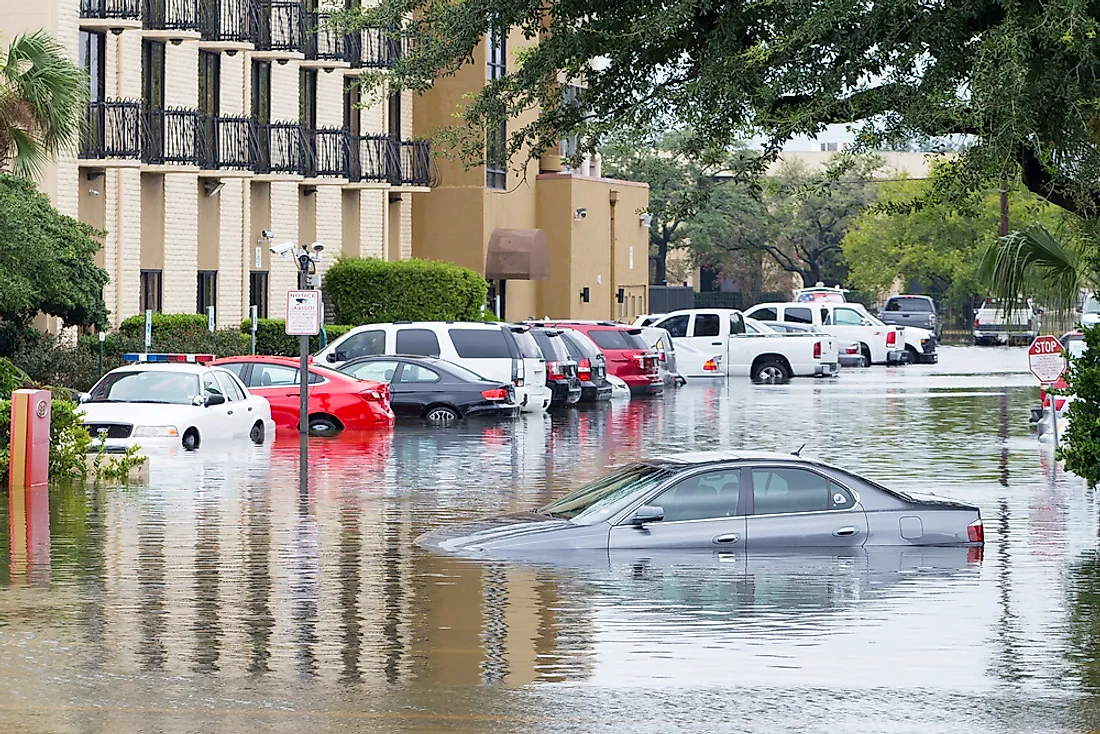The Different Types Of Hydrological Disasters

Sudden and violent changes in the quality, distribution, or movement patterns of water on Earth can result in great destruction. Such natural disasters are called hydrological disasters. There are three types of hydrological disasters, namely floods, limnic eruptions, and tsunamis, which are explained below.
Floods
A flood refers to an overflow of water that submerges land which is usually dry. A water body like a river or lake might have varying volumes of water in different seasons, however, the water overflow is labeled as a flood only when such overflow covers land that is otherwise used or inhabited by people or wildlife. Floods can develop over an extended period of time or occur within a matter of minutes. That latter type is called a flash flood. There are various types of floods classified on the basis of source of floodwater, factors triggering the flood, and the area flooded. Several factors can cause floods like heavy rainfall, dam breakdown, landslides and earthquakes that change the courses of rivers, and tsunamis. Floods of large scale can cause significant property damage and deaths. For example, one of the worst floods in recent times is the 1931 China floods which led to the death of more than 2,500,000 people and millions of animals.
Limnic Eruptions
A very rare event, a limnic eruption or lake overturn is a hydrological natural disaster that occurs due to the eruption of carbon dioxide present in the deep waters of a lake. The sudden release of gas can generate a massive cloud that suffocates all forms of life, including humans. The eruption can also displace the waters of a lake, giving rise to tsunamis. Lakes, where such eruptions are most likely to occur, are called exploding lakes. One of the deadliest limnic eruptions occurred on August 15, 1984, when Lake Monoun in Cameroon exploded to release enough carbon dioxide to kill 37 people.
Tsunami
A tsunami is caused by the displacement of a massive volume of water in a sea or lake. This water displacement produces a series of large and high waves. Tsunamis are generated due to a number of reasons like earthquakes (resulting in an earthquake tsunami), volcanic eruptions, the calving of glaciers, explosions under water, and landslides. These events displace large volumes of water from the water body and produce tsunamis. Tsunami waves can be tens of meters high. Although tsunamis often affect only coastal areas or shorelines of lakes, powerful tsunamis can affect entire ocean or lake basins. The 2004 Indian Ocean tsunami was one of the deadliest tsunamis ever recorded. The disaster was triggered by an earthquake and killed thousands of people in 14 countries bordering the Indian Ocean. Additionally, thousands more went missing and were rendered homeless.











